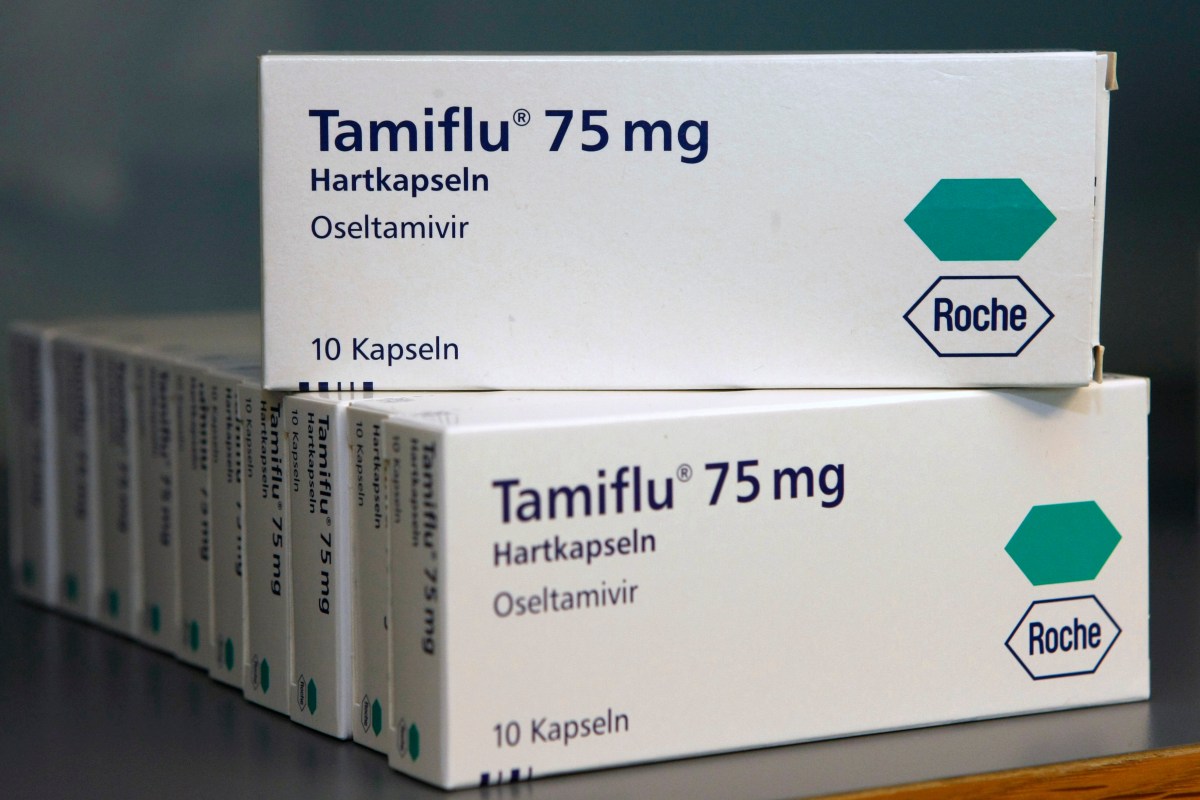Pharmaceutical giant Roche faces mounting pressure as former President Trump’s drug pricing policies and ongoing U.S. healthcare reforms force a reevaluation of its American investment strategy. The Switzerland-based company must balance profit margins with patient access while navigating potential R&D budget cuts that could impact future drug development. This high-stakes dilemma comes as the Biden administration continues pushing for lower drug prices, creating ripple effects across the industry.
The Price Pressure Cooker: Roche’s U.S. Market Challenges
Roche, which derived 45% of its 2022 $66.3 billion pharmaceutical sales from the U.S. market, now confronts shrinking margins amid government-mandated price reductions. The Inflation Reduction Act’s Medicare drug price negotiation provision, set to take effect in 2026, directly impacts several of Roche’s blockbuster drugs including cancer treatments Avastin and Herceptin.
“When you’re looking at potentially 25-40% price reductions on key therapies, it forces a complete reassessment of market strategy,” noted Dr. Helen Carmichael, pharmaceutical economist at Johns Hopkins University. “Companies like Roche built their U.S. investment models on premium pricing structures that may no longer be sustainable.”
Recent data reveals the severity of the challenge:
- U.S. drug prices average 2.5 times higher than other developed nations
- Roche’s oncology portfolio faces 8-12% annual price erosion through 2025
- Pharma R&D ROI has dropped to 1.2%, the lowest in 15 years
Strategic Crossroads: Investment vs. Accessibility
The company now weighs difficult choices between maintaining its substantial U.S. research footprint—which includes 5 major facilities and 15,000 employees—versus shifting resources to more favorable markets. Roche has already delayed construction on a $500 million New Jersey research campus, signaling caution about long-term U.S. commitments.
“We remain committed to American patients but must ensure our business model supports ongoing innovation,” stated Roche Pharmaceuticals CEO Teresa Graham in a recent earnings call. “Sustainable pricing policies are essential to maintaining our current level of investment.”
Industry analysts suggest several potential adaptation strategies:
- Accelerated focus on gene therapies with higher price justification
- Increased partnerships with Medicare Advantage plans
- Strategic portfolio pruning of older drugs facing steep discounts
The R&D Domino Effect
Most concerning to patient advocates is how pricing pressures might impact Roche’s $13.4 billion annual R&D budget—the pharmaceutical industry’s second-largest. The company currently has 83 new molecular entities in clinical trials, including 12 potential breakthrough cancer immunotherapies.
“There’s a dangerous misconception that price cuts only affect corporate profits,” warned MIT healthcare innovation professor Dr. Rajiv Shah. “When margins shrink, development pipelines inevitably contract—particularly for high-risk, high-reward treatments that patients desperately need.”
Recent examples underscore this tension:
- Roche paused two early-stage Alzheimer’s programs in Q1 2023
- The company shifted 300 research positions from U.S. to Swiss facilities
- Oncology trial recruitment slowed by 18% year-over-year
Broader Industry Implications
Roche’s predicament reflects a sector-wide reckoning as 15 major pharma companies face Medicare price negotiations on 40 top-selling drugs. The Congressional Budget Office projects $100 billion in industry revenue losses over the next decade from current reforms.
Yet some analysts argue the changes create opportunities:
“This could push pharma toward more efficient development models and indication-specific pricing,” suggested Leerink Partners analyst David Risinger. “The companies that adapt fastest may actually strengthen their market positions.”
The evolving landscape presents complex trade-offs:
| Challenge | Opportunity |
|---|---|
| Reduced per-drug revenue | Higher volume through expanded access |
| R&D budget constraints | More targeted therapeutic focus |
| U.S. market volatility | Global market diversification |
What Comes Next for Roche and Patients?
As the 2024 election cycle approaches, Roche executives carefully monitor potential policy shifts while preparing contingency plans. The company’s upcoming Q3 earnings report may reveal further strategic adjustments, particularly regarding:
- Pipeline prioritization decisions
- Geographic investment rebalancing
- Pricing model innovations
Patient advocacy groups urge transparency about how changes might affect medication access. “We need clear commitments that life-saving drugs won’t become collateral damage in these business decisions,” said American Cancer Society CEO Karen Knudsen.
For stakeholders tracking this developing story, the Roche case study offers critical insights into healthcare’s future—where the intersection of policy, economics, and medical innovation will determine which treatments reach patients, and at what cost.
Stay informed about pharmaceutical policy changes by subscribing to our healthcare policy newsletter for regular updates on how industry shifts affect patient care.
See more Business Focus Insider Team

